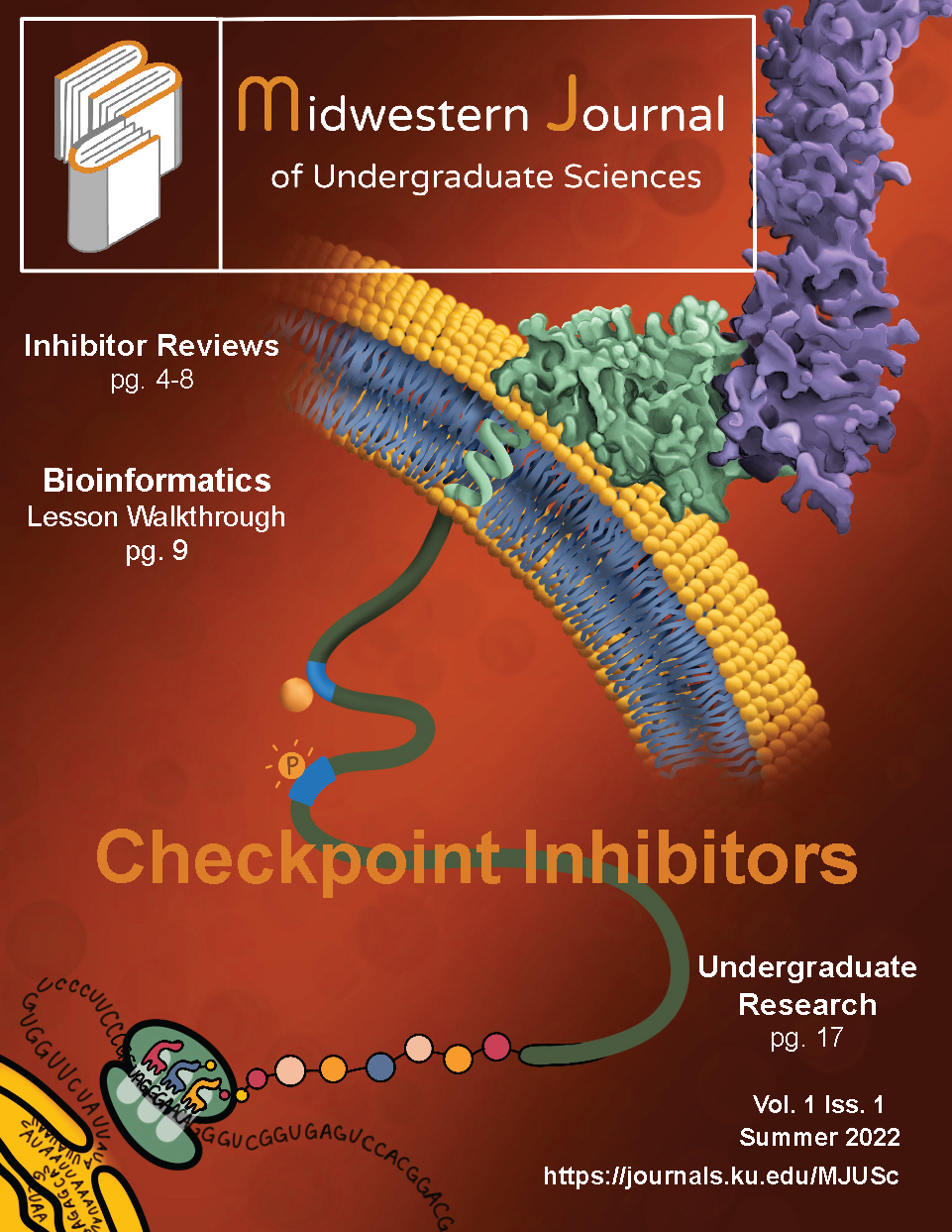Undergraduate Bioinformatics Conceptualizing Form and Function on a Molecular Scale
DOI:
https://doi.org/10.17161/mjusc.v1i1.18565Keywords:
education, science, stem, bioinformatics, protein, structure, modelingAbstract
Over the past 64 years, since the first actual, three-dimensional structure of a protein was determined by X-Ray diffraction in 1958,1 the library of solved structures has grown to more than 170,000 (as of 2020).2 With the expansion of our knowledge of structures and the advent of applications to visualize them, the tools to aid in our understanding of these as physical objects have greatly improved. Incorporating these ideas, the following is a walkthrough of a project designed to overcome the lack of sense for proteins as real objects.
Downloads
Published
Issue
Section
License

This work is licensed under a Creative Commons Attribution-NonCommercial 4.0 International License.
© The Author(s)
This work is licensed under a Creative Commons Attribution-NonCommercial 4.0 International license.

